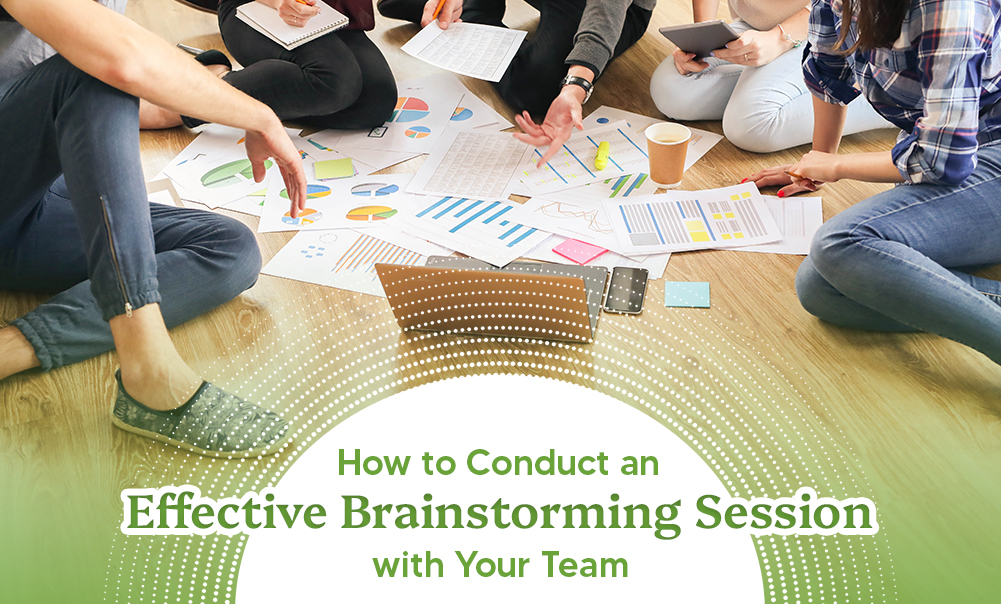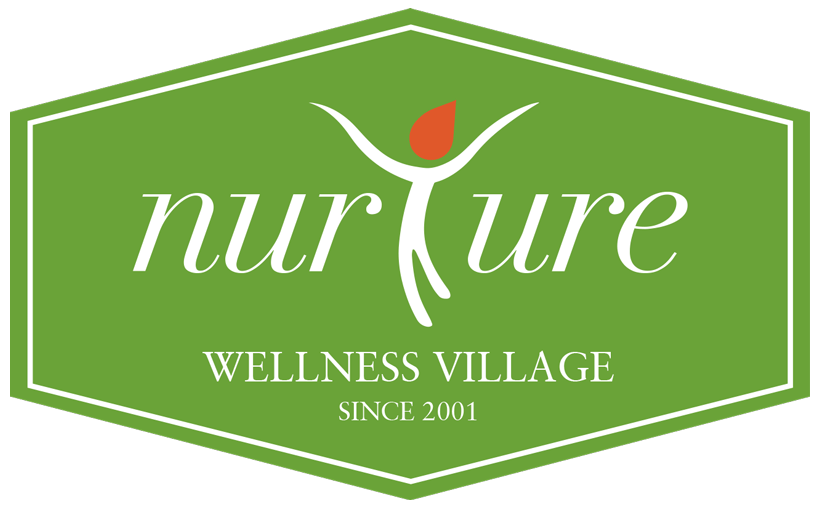
How to Conduct an Effective Brainstorming Session with Your Team
Conducting an effective brainstorming meeting is vital for team creativity and problem-solving. By harnessing the collective intelligence and diverse perspectives of team members, organizations can generate innovative ideas and solutions. However, you must know where to start and how to go about brainstorming. Unlike typical company meetings with all the formalities and setup, it can easily devolve into a messy and heated presentation of ideas without sufficient planning and preparation.
This article will give you the essential steps needed to ensure that you have a productive and respectful brainstorming meeting with your team:
6 Steps Towards an Effective Brainstorming Meeting
1. Know Your Purpose
You should know what you want to accomplish days before the start of the actual brainstorming session. Remember that the purpose of brainstorming is to know other people’s insights to come up with ideas and solutions. You also have to stick with the values and goals of your company to stay on track.
Problem – Unclear Goals
People can get stuck in trying to come up with solutions all the time. When goals tend to be solution-focused or events-focused, objectives may not be met.
Solution – Reverse Brainstorming
Instead of coming up with solutions-focused goals, look into the problems first. Reverse brainstorming is when you focus solely on the problems and list them down. Grab a notepad or Word document and just write down every problem you can think of in the company even if it seems small or insignificant. Once done, identify the connections between them and narrow it down to at least 4 or 5 core problems; the lesser the better. These core problems will be the central focus of the brainstorming.
2. Choose a Favorable Setting
You don’t want your brainstorming sessions to be like boardroom meetings. If you pick a venue that lacks color, open design, or creativity, it might be more difficult for your team to produce innovative ideas? Your surroundings shape your thoughts. So choose a safe and productive environment to conduct your brainstorming meetings.
Problem – Too Enclosed
The usual choice is just having your venue within your office or closed environment. The downside to this is that generally, your brain has associated your place of work with a daily routine, so your team will be less likely to generate new ideas because of over-familiarity with your surroundings. If it’s the typical venue of a boxy room then you will have a hard time thinking outside the box.
Solution – Conducive Surroundings
On the contrary, an unfamiliar and stimulating environment to brainstorm will help your team to come up with unconventional solutions. Research shows that sensory activation from the physical environment (flowery scent, open spaces, air quality) boosts people’s creative abilities. One study which observes the effects that natural landscapes have had on a product design team concludes that being around vegetation tends to positively reinforce overall group ideation.
3. Include Warm-up Exercise
Having low-stakes exercises before brainstorming gets the mind thinking already and puts it into a state of producing continuous insights. This puts less pressure on your team to produce perfect ideas from the beginning. It also allows you to assess individual strengths in advance. This will allow you to facilitate them in a way that everyone meaningfully contributes to the discussion.
Problem – Disengaged Participants
There’s always going to be a lack of motivation at the beginning of unstructured activities like this. Whether it’s due to boredom or social anxiety, members of your team may not give their full attention and focus.
Solution – Mind-Body Approach
People are more vigilant when they are thinking on their feet. So instead of sitting before the brainstorming meeting, try standing up and doing an activity that involves whole-body coordination. This can take the form of a simple team game, yoga session or simply walking around in nature. By taking a mind-body approach for these warm-up exercises, you activate neural pathways in the brain that will improve your ability to think creatively.
Nurture Wellness Village practices this holistic approach to mind and body in its various treatments and facilities. Within the corporate wellness package is their Eco-therapy Exercise Circuit, a team-building activity involving garden walking that is a fun exercise amidst nature. Perfect as a warm-up exercise before the start of your brainstorming meeting.
4. Facilitate Open Collaborative Discussion
Ideally, brainstorming sessions tend to have no pre-planned structure so that ideas keep flowing from people when communicating. There can be main points of focus in the meeting like the core problems discussed earlier, but they should not limit the ideation process of the group. The first step is to just have everyone present their ideas unfiltered without overthinking, then encourage constructive criticism and questions afterward. Once you start getting into the flow, brainstorming will be a fun experience for all involved.
Problem – Groupthink and Extroverts
Be careful that team members aren’t being peer pressured into supporting certain ideas. If everyone agrees on everything, that might not be a good sign. You also have to be wary of people with domineering personalities. They might overshadow or talk down to others in the group without you realizing it. This will limit the number of ideas or solutions being considered.
Solution – Individually-Timed Sessions
It can be hard to be aware of all this while you’re in the middle of brainstorming. So to set the pace of the meeting, apply brainwriting before the start of every new topic or problem to be discussed. Brainwriting means having everyone write down their initial ideas on sticky notes or a digital platform. These will then be reviewed one by one. Give ample time for people to think and write for about 5 to 8 minutes but have the ideas be presented anonymously so as not to put unnecessary pressure on anyone.
5. Schedule a Short Break
Intensive brainstorming meetings no matter how fun can also be very tiring. You should schedule a short break so people can recover. This is a chance for everyone to look back at what was discussed and see if there were any missed or underdeveloped ideas. It also gives you the chance to see if the flow of conversation is really helping produce the right ideas needed.
Problem – Losing Ideation Flow
This is a common problem after a sudden or long break. Losing the train of thought that was guiding the brainstorming meeting just a few moments ago is frustrating. This can lead to time wasted on backtracking, confusion, and idleness among the team.
Solution – Pomodoro Technique
The Pomodoro technique used to conserve people’s energy to focus is usually done as 25 minutes of work followed by 5 minutes of break time. But for the case of brainstorming meetings this can be broken up into 1 hour of work followed by 20 – 30 minutes of breaktime.
Quick breaks help. Nurture Wellness also offers a 30-minute pampering experience in their corporate wellness package to relax the body and mind so you can prepare you to go back to those exhaustive meetings.
6. Organize All Ideas
By this time your team has spent hours forming all kinds of solutions and ideas during the sessions. All of you are ready to pack up and go home. It might seem tedious but try to resolve all those seemingly small problems and unclear ideas towards the end of the meeting. This will save you time remembering the conclusions the team came to during the sessions. Don’t forget to document everything discussed on a shared digital board, notes, pictures, or audio recordings.
Problem – Closed-Mindedness
You’re so close to the end and everyone wants to just condense all the ideas discussed into 2 or 3 main points. People naturally seek an easy and simple solution. But this can also trick you into thinking you have all you need.
Solution – Encourage Variety
Categorize all your ideas by color to get a better picture of how you ended with the ideas you chose. This will help you rethink whether to keep or discard the main ideas your team decided on. If you decide to stick with a few solutions/ideas, then consider adding at least 2 more from your previous discussions as backups in case the main ones don’t work.
ALSO READ: 11 Workplace Wellness Ideas that Impact Overall Health
Many factors can influence the success of your upcoming brainstorming meetings. Unlocking the full potential of these sessions requires careful planning and facilitation. Nurture Wellness Village located in Tagaytay, Philippines is at the forefront of holistic wellness. Contact us now so we can help plan out a customized package for your next brainstorming team meeting!



Leave a Reply